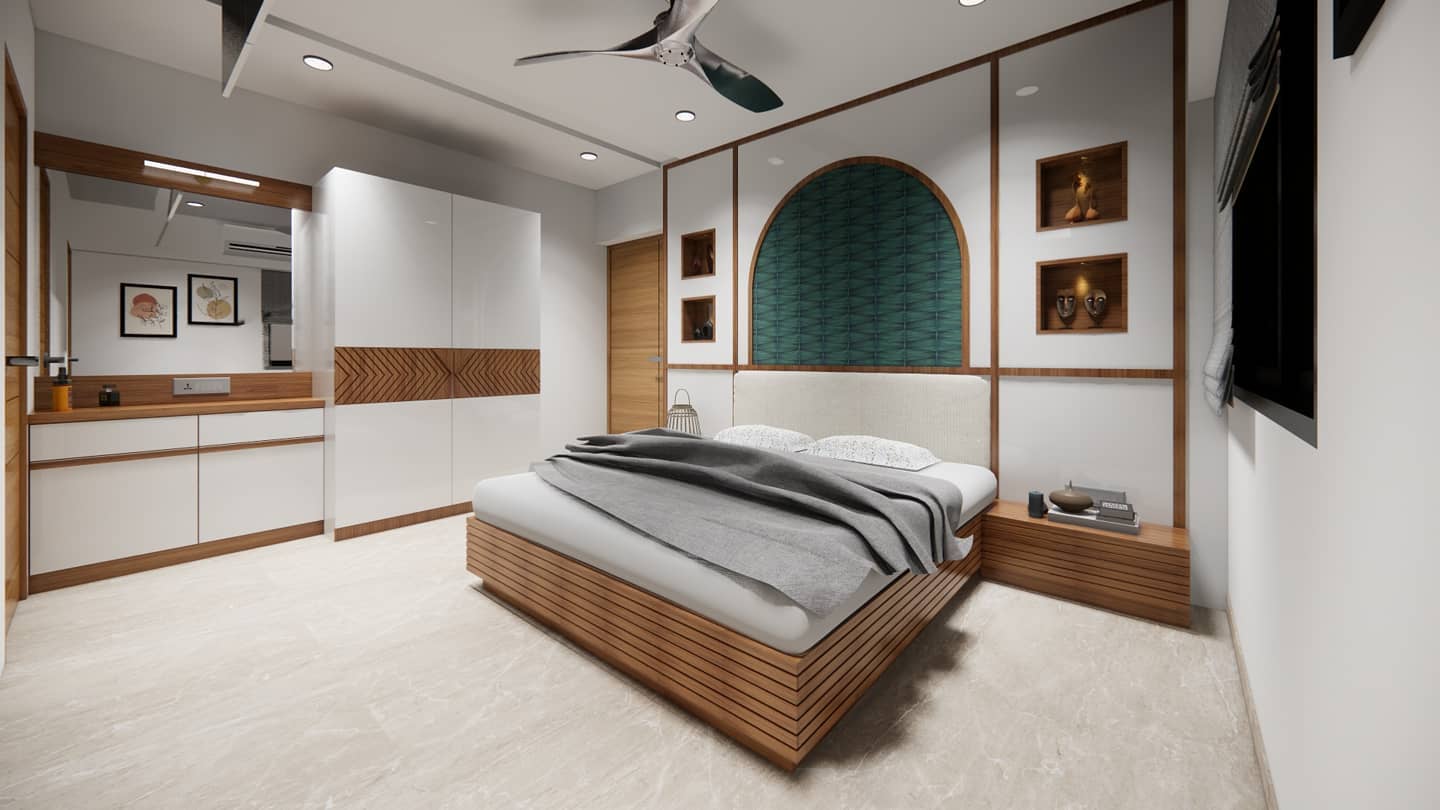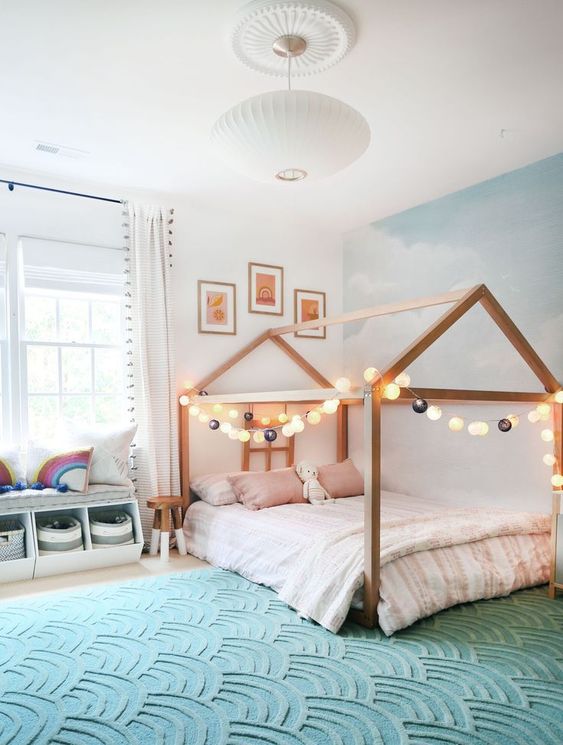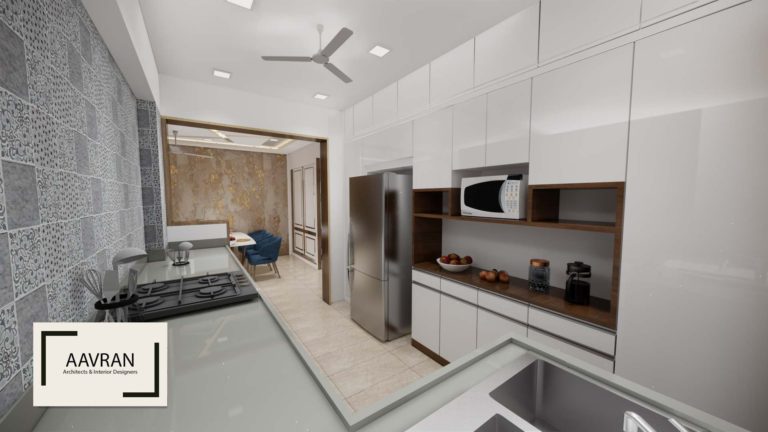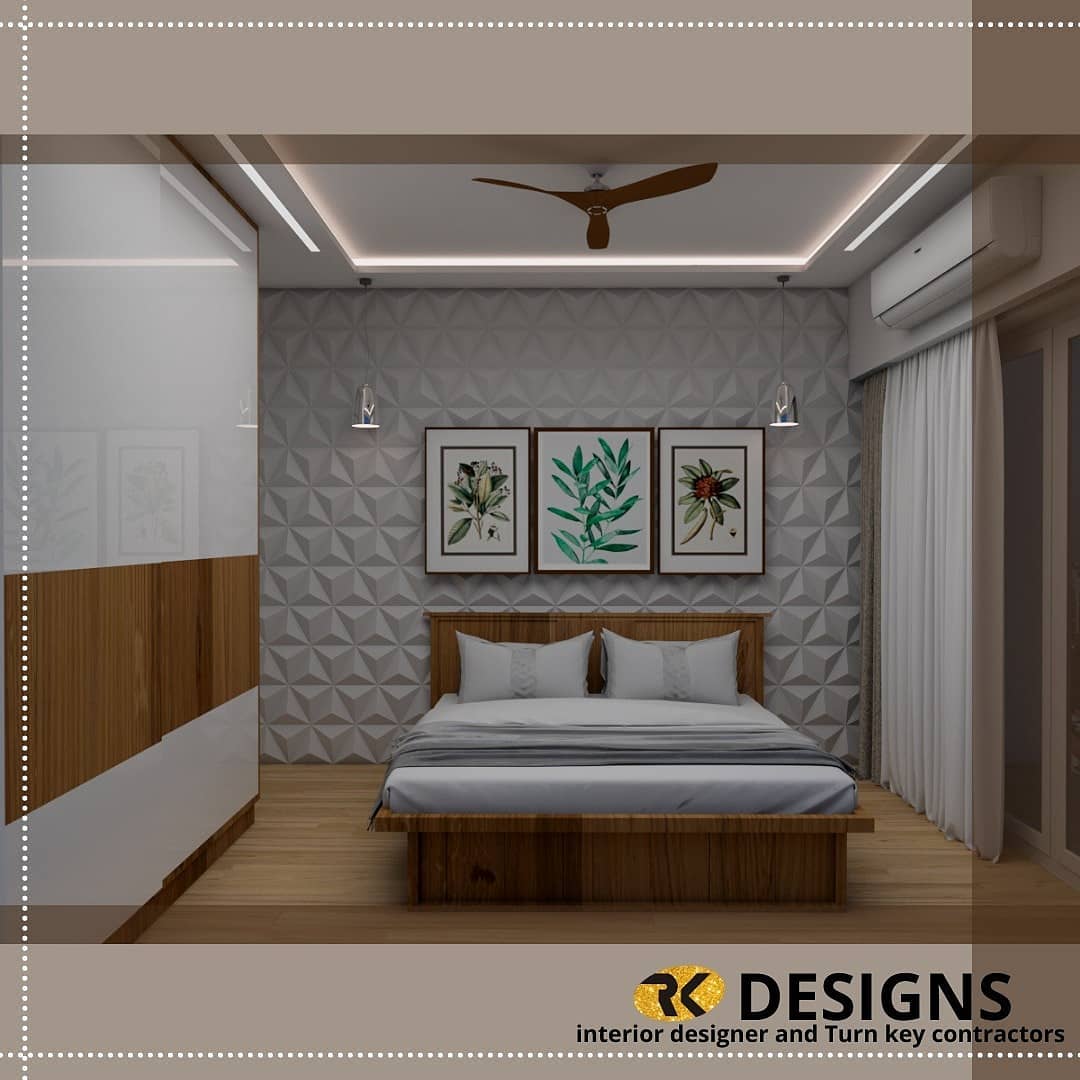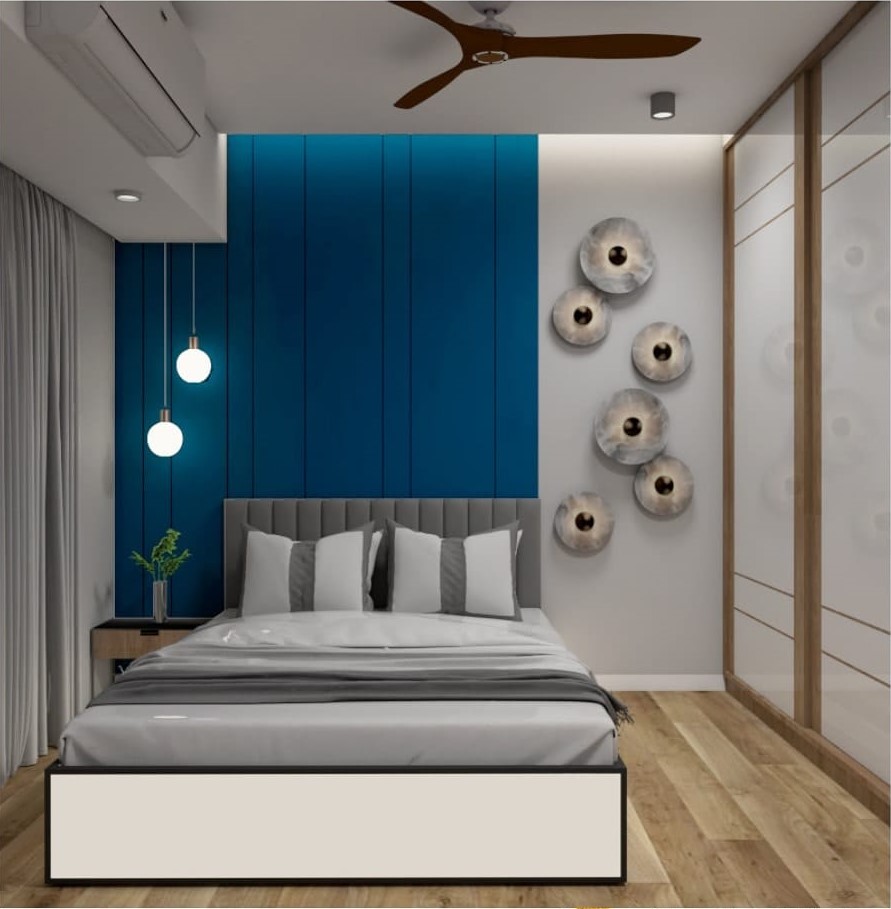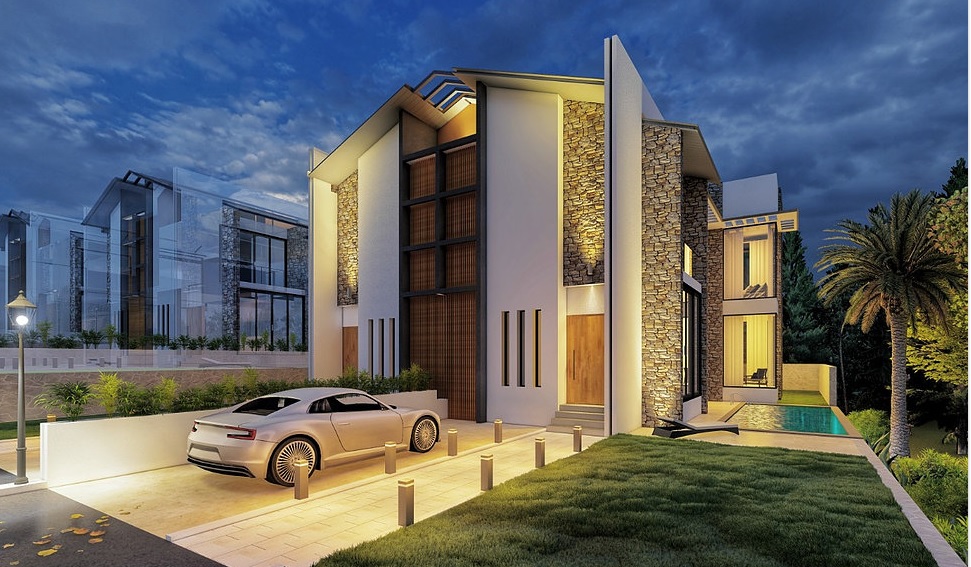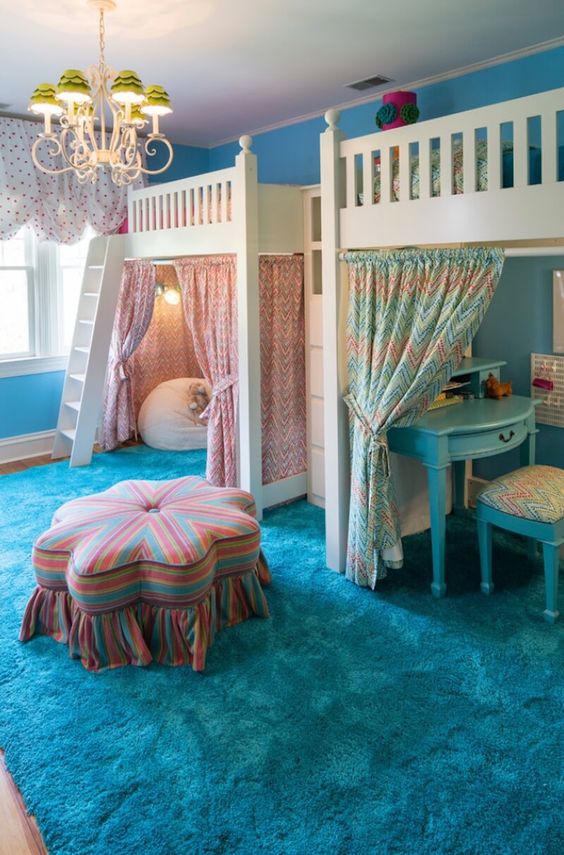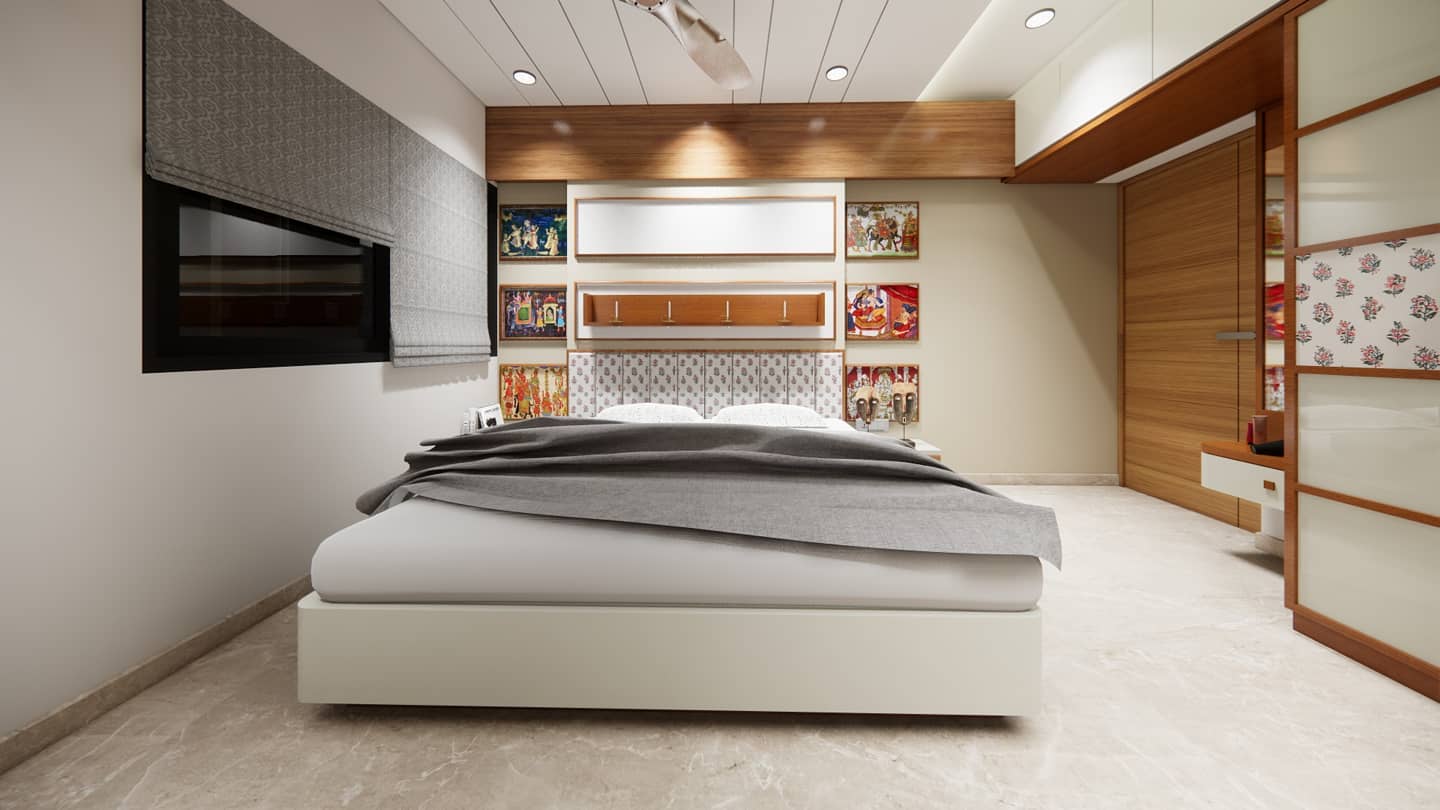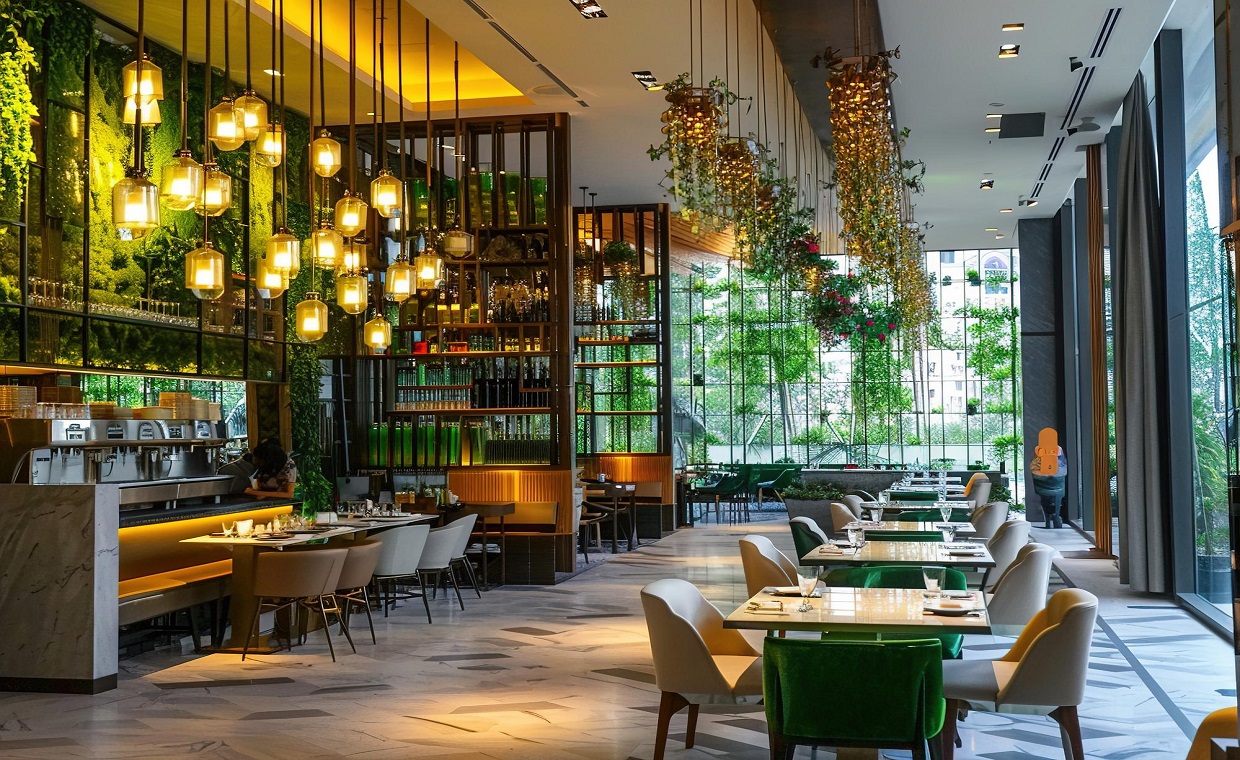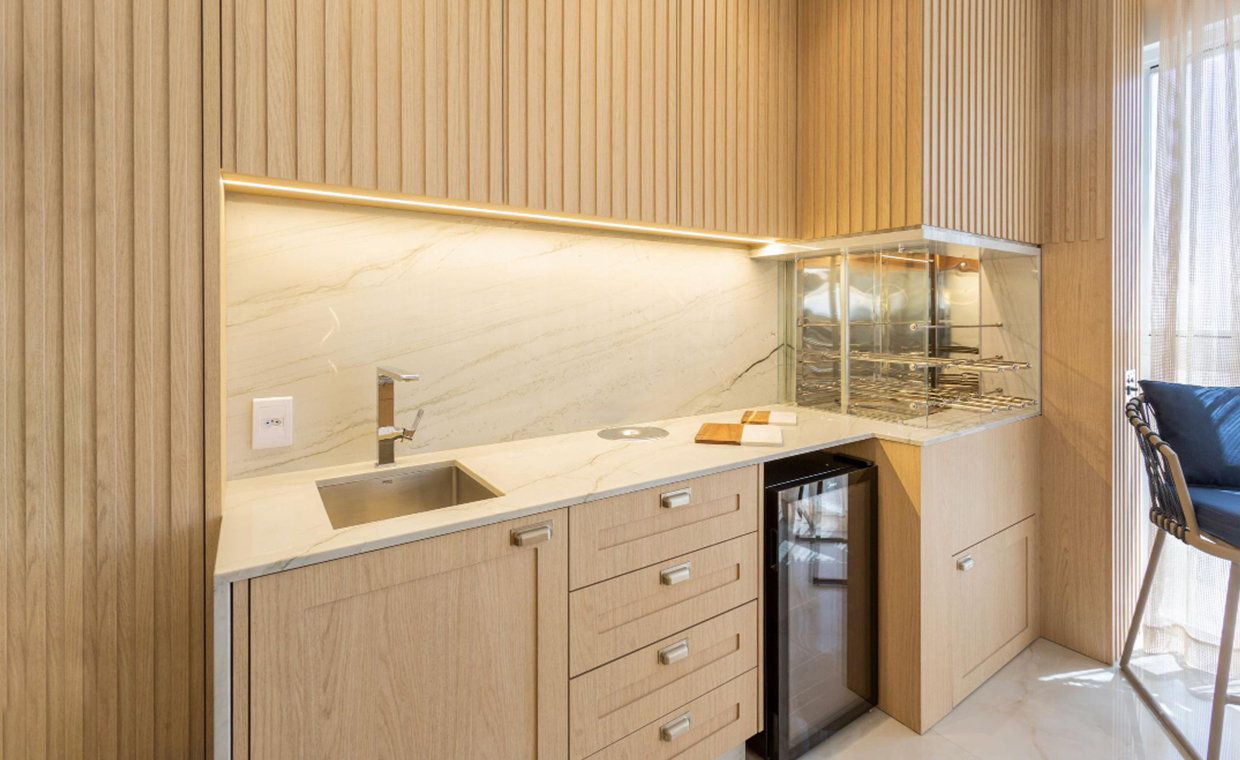
Table of Contents
Every Indian home has a particular corner dedicated to the divine. Do you wish to make your prayer room more ethereal and modern? To design a modern prayer room, we must break away from the stereotypical Mandir. Here is a list of unique prayer room interior design ideas to create a peaceful haven inside your home.
Why Do You Need a Dedicated Space for Prayers?
You may be wondering why a separate prayer area is necessary when you can kneel before the Almighty anywhere you wish. Let us explain why having a dedicated prayer room in your home is beneficial.
1. Purpose
The reason for having a prayer area varies from person to person. Some individuals want a space to place idols of their gods, creating a shrine-like setting where people can gather for worship. Others, however, may seek solitude and spiritual connection. Whatever the reason, all that you need is a private, serene space that fosters peace of mind.
2. Privacy during Meditation and Prayers
Prayers require focus and privacy, and it may be difficult to concentrate in other rooms. To achieve maximum tranquillity and privacy, it is best to personalise your prayer location.
3. Separation from Incenses and Candles/Diyas
Incense and diyas are common prayer essentials in many cultures. While they help create a divine aura in the prayer room, they may not be ideal for other spaces in your home. Having a dedicated prayer room allows you to contain their scent, preventing it from spreading throughout your home.
Simple Prayer Room Design Ideas
1. Exquisite Material Palette



When designing a modern prayer room at home, choose durable and long-lasting materials. The material palette significantly impacts the ambience of the space. For example, backlit onyx adds warmth and illumination to the prayer area.
Other materials, such as metal accents and intricate patterns, help set the tone of the space. A granite platform can also provide a cleaner aesthetic, offering a sleek and refined look, particularly suitable for meditation rooms.
2. Method of Display



You’ve probably seen the compact Mandir chambers, but what if you could experiment with the display mode? You can make your prayer chamber float by opting for wall-mounted pooja units. You can place them in any location and embellish them with traditional elements like bells and trinkets. If you want to meditate on the ground, a low altar with little cushions is the way to go.
3. Enclosed Or Open Prayer Room
Should physical boundaries define a prayer room’s design? A modest prayer room can be set up anywhere in your house as long as it remains clean and clutter-free.
If you have a yard or garden, an outdoor prayer room is an excellent option. Imagine the grace of nature enhancing your sacred room through gentle breezes, the fragrance of rain, and the first rays of the sun.

Courtesy - Freepik - AI Generative
Many families prefer to dedicate a separate prayer space, and it is the best choice if you want the utmost privacy and serenity. Use functional features such as storage and seats to make it both utilitarian and appealing.
4. Intricacy through Jali – Simple Prayer Room Design Pattern

If you’re dedicating a distinct place for a prayer room, make sure it’s well thought out. Jali lends your space the perfect celestial vibe. This jali and wooden Mandir design is a seamless combination of traditional and modern aesthetics, making it ideal for modest spaces seeking an elevated ambience. The best part of jali is that it does not restrict itself to any one single culture.
The lattice interiors lend a historical flavour to the area and can be combined with other elements of prayer.
For the panel, you may choose from a variety of designs or opt for a finely grained wooden panel in teak, ebony, or even PVC lattice that allows the space to speak for itself.
Also Read: Backlit Jali Design
5. Spiritual Accessories
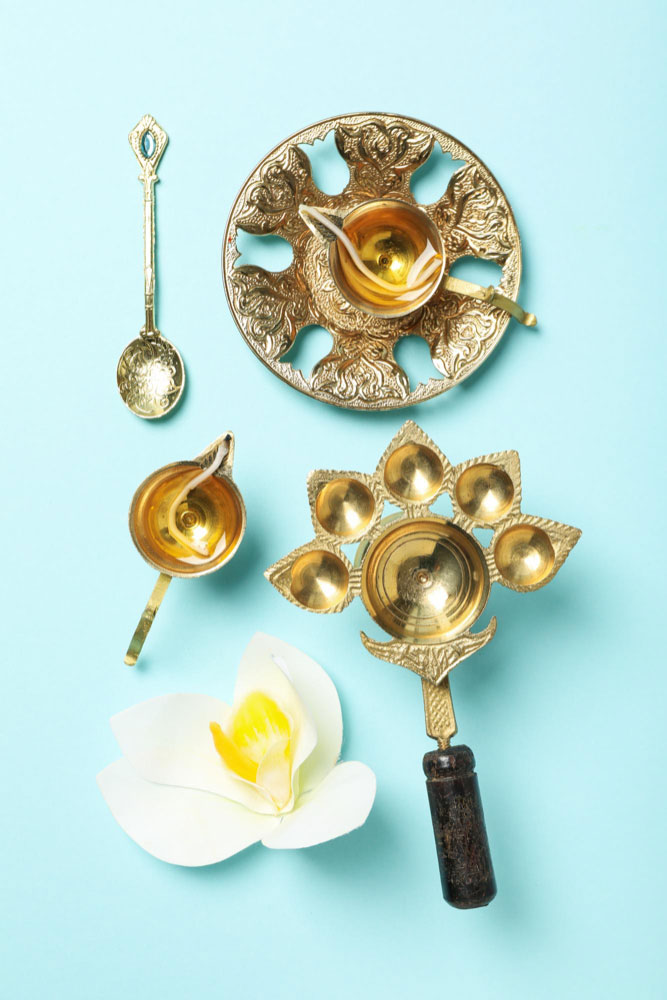


Your prayer room is a holy place, and hence you must look out for elements that can enhance its feel. You can surely add rhythmic bells, incense, candles, etc. to make the place feel vibrant and spiritual.
You’ll be surprised at how much more serene and inviting the space feels with just a few minor changes. Finding a choice that perfectly suits you is simple when there are so many options available. You can also introduce mystical lighting and lanterns to evoke a sense of divinity.
6. Innovative Storage Ideas



A storage unit is an essential feature of a prayer room. You wouldn’t want your spiritual accessories and tools scattered around! In recent times, prayer spaces have been downsized to a rack or an alcove, and in such a case, it is rather challenging to design a storage unit. One simple prayer area design idea is to integrate storage with the platform itself.
Consider an altar/chamber with a large cavity and maximise storage with drawers and foldable units.
7. The Portable Sacred Space



If you are living in a rented home, then having a prayer room of your choice can be challenging. However, don’t worry! There are plenty of portable options available on the market, allowing you to take your prayer chamber with you. Mandirs come in various sizes and styles, ranging from modest shelf designs to grand temples.
When planning the interior design of your prayer room, consider the available space and the type of spirituality you plan to practice. Wall-mounted prayer chambers are extremely popular these days.
You can place them anywhere in the house. Some types are also foldable, making them easy to pack up for your next move.
8. Define Your Prayer Room Design with a Symbol



You don’t need an elaborate setup for a prayer room, simple graphics or symbols can define that space. Display framed pictures, motivational quotes, wall plaques, or religious icons to create a serene space.
You may experiment with symbols or religious accessories. Consider an illuminated ‘Om’ sign as the focal point of the prayer area. In such a divine setting, everyone will feel compelled to bow their heads before the Almighty.
9. Tell a Story with Panels



Have you heard stories of divine beings descending from the heavens, radiating a celestial aura? Your prayer room can evoke a similar mythical charm. One of the most popular modern prayer room design ideas is to add backlit panels and partitions.
Glass may not be the material that comes to mind when designing a prayer room, but when used thoughtfully, it can be very effective. It adds a sense of openness and transparency to the space. However, if you prefer privacy, use etched glass.
Let your creativity flow. Engrave a sacred symbol or a minimalist design to personalise the space. If you are using your prayer space as a multicultural meditation space, acrylic panels are your best bet. They come in different colours and patterns, allowing for customised aesthetics.
10. Seatings for Comfort

Courtesy - Freepik - AI Generative


Many people retreat to a prayer room to unwind after a long day, while others gather there to offer prayers to the deities. In both circumstances, you want comfortable seats. You may add some low-lying seating facing the shrine.
If you want to kneel, consider using cushions or a prayer area with carpeting. Some meditation spaces prioritise comfort and peace by incorporating unique seating options like swings or bean bags.
11. Consider Colour Schemes while Designing the Prayer Room

Prayer rooms are spaces that hold serenity within them. Hence, the colours you choose must reflect that peace and tranquillity. Various colours signify various energies. For example, white represents purity and tranquillity, but red represents wrath and might. The colours should mirror the vibe you want to create in your sacred space. Many homeowners now prefer pastel shades, as they complement the pristine and calming ambience of the space.
12. Light Up Your Divine Space



Consider installing good lighting while designing a prayer hall design, whether it is a dedicated room or a small alcove. A candle holder or an aesthetic lantern will help create the proper ambience. But why not take it a step further with magnificent lighting options like handcrafted chandeliers?
For Hindu sanctuaries, a custom multi-tiered Diya set can enhance the traditional atmosphere. If you prefer simple yet practical solutions, focus lights are a great choice. Spotlights, in particular, can brighten up small spaces or gloomy, windowless rooms, making them livelier and inviting.
Let us Seek Peace in Prayer Spaces that Exude Divinity!
For a religious person, having a private space for worship and reflection can provide deep spiritual solace. While the architecture of prayer spaces often reflects cultural uniqueness, the purpose remains the same.
Creating an environment that fosters contemplation is immensely valuable in developing a habit of deep prayer. Your prayer room design should be a true reflection of your beliefs and spirituality. So, don’t hesitate to seek out unique pieces and materials to make it truly special!
Also Read: Explore the best Pooja Room Designs
FAQs on Prayer Room Design Ideas
1. How do you Build a Prayer Room in Your House?
It begins with identifying a perfect location that can nurture your spiritual quest. Creating a defined area in our house for prayer, reflection and solitude encourages inner peace. Now, set and arrange the space in accordance with your cultural and personal preferences. Encapsulating it or keeping it open is your choice.
2. What is the aim of the Prayer Room?
It is a designated area where individuals can pray, meditate, and seek spiritual connection. Many cultures also view it as a place for family members to come together and offer mass prayers.
3. How do you Make a Prayer Corner at Home?
Choose a corner after evaluating your home’s layout. If you wish to build a shrine, make sure it is at or above your eye level while you kneel. Leave ample space in front of it for easy movement and circulation.
4. Is Privacy Needed for a Prayer Room?
The need for privacy is a subjective matter. Some people do not hesitate to perform their prayers in front of others or exhibit their prayer room, while many others feel prayers are a very intimate and personal affair. Your inclination governs the level of privacy to be assigned to a prayer room.
5. Which Wood is Best for a Wooden Mandir Design for a Home?
Teak, Sheesham, and mango wood are the three commonly used materials for wooden Mandirs. According to Vastu Shastra, Sheesham wood or rosewood is the most auspicious choice.
6. What is the Ideal Height for a Prayer Cabinet?
The base of the Mandir should be at least 18 inches above the floor, allowing enough space for kneeling and ensuring that the idols are positioned at an appropriate height for worship.
Author Bio
Saili Sawantt – She is an Architect and Interior Designer by profession. Writing is what she treats as her passion. She has worked as an Architectural Writer, Editor, and Journalist for various design as well as digital portals, both national and international. Formerly she has also worked with Godrej Properties Limited (GPL) Design Studio, Mumbai, due to her keen interested in learning about Sustainability and Green buildings. Apart from this, she runs her blog ‘The Reader’s Express’ and is a practicing Architect & Interior Designer.






